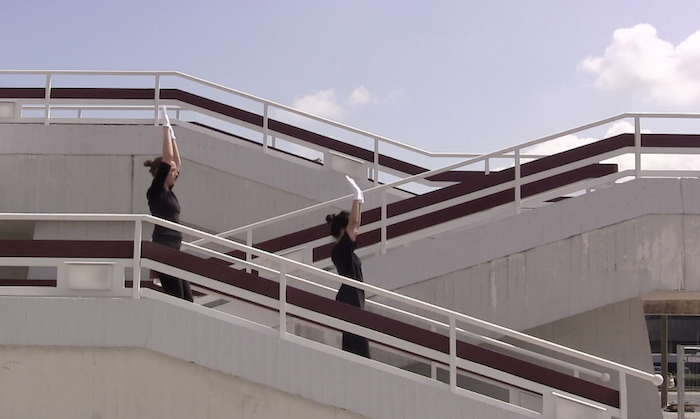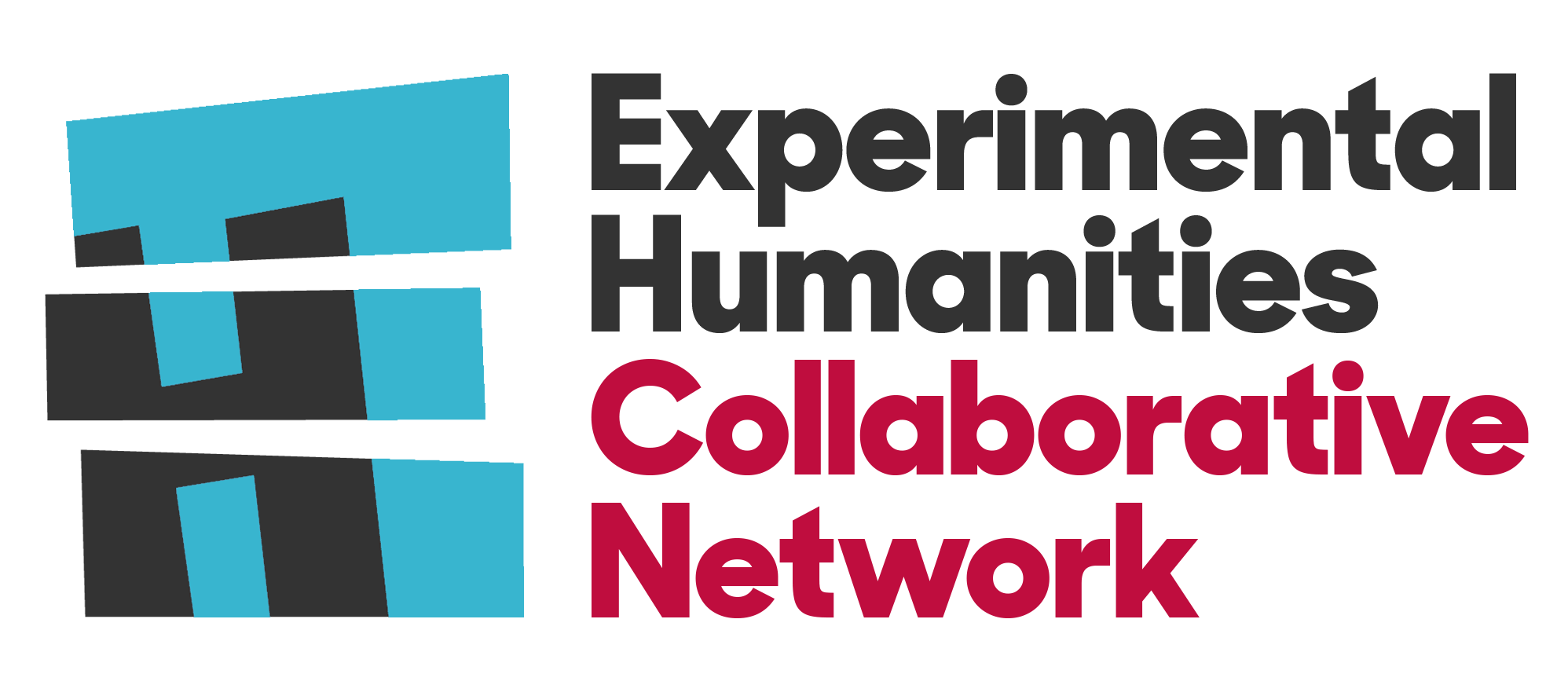
Welcome to Our new portfolio
Justice for our Lives
100 graphic art portraits printed on paper
Each 45.7 x 61 cm (18 x 24 in)
Collection of the artist | Colección del artista
Photo courtesy of MOA | Imagen cortesía del MOA
Justice For Our Lives is a digital portrait series of 100 people killed by US law enforcement since the beginning of the 21st century. This project is a visual aide to support the struggle, led primarily by impacted families and activists, against state sponsored terrorism that targets communities of color and other marginalized victims. The graphics are open source templates made available for free download at https://www.oree.art/justiceforourlives offering protest art as an accessible tool to gain visibility for these victims through engagement with the community.
In 2013, the founding of Black Lives Matter as an organizing effort to end white supremacy and violence on the black community inspired my project to emerge and stand in solidarity. While it centers all black lives, my project also connects the struggle of other demographics enduring generations of systemic violence that often times does not receive a national spotlight. When compared to the percentage of the U.S. population, Native Americans are identical to Black Americans with the highest rates of fatal police encounters. The Latinx population comes in second. Undocumented migrants crossing the southern border continue to be killed by border patrol and in detention centers with impunity. About half of all fatal police encounters claim a victim with mental illness while homelessness and gender also continue to be contributing factors. I highlight these stories to illustrate how state violence, primarily against Black people, creates unsafe communities for all until we attain accountability and a restructuring of our legal system.
I came across these stories on social media and requests I’ve received from impacted family members. After searching the web for the most appropriate image I trace it over with bold outlines on Adobe illustrator. The black & white color palette is meant to invite open collaboration for anyone to alter design elements to amplify messaging. Once complete I upload the .pdf files to my website for free download. As an open source project anyone with access to the internet is encouraged to download and share these images to continue supporting the struggle for racial justice.







